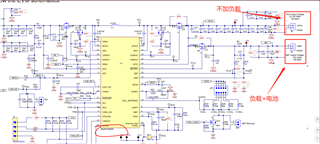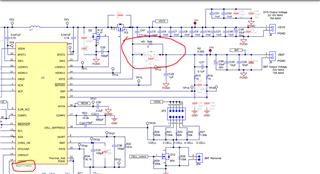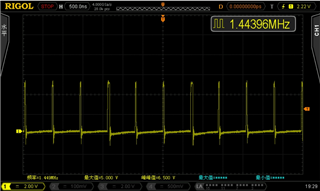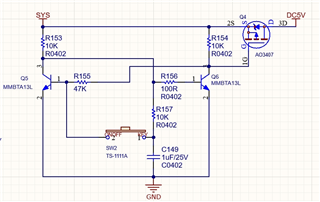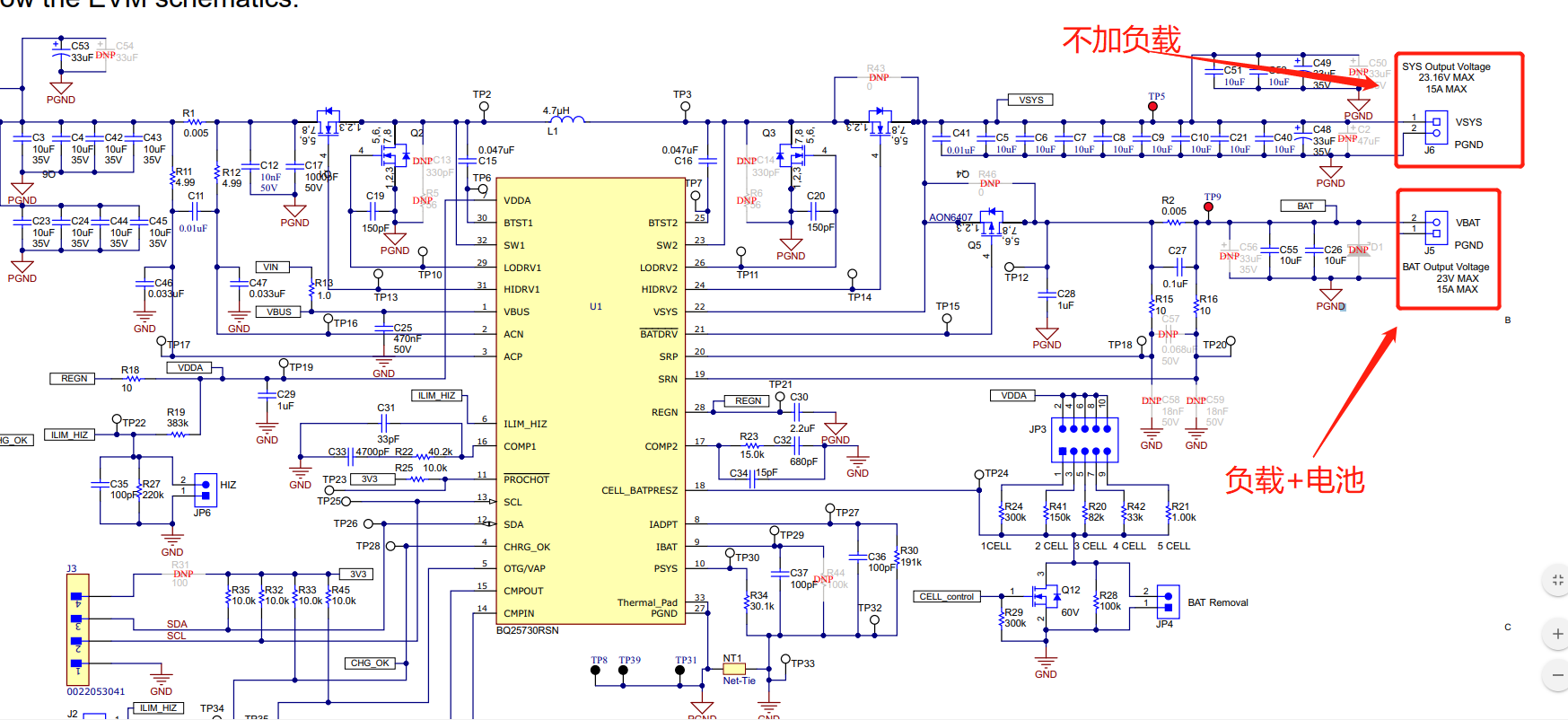Other Parts Discussed in Thread: BQ25730EVM, BQ25731, BQ25730
Dear Teams,
Customer now is evaluating our EVM, and they found following problems list here. Schematic diagram show below as well.

- With Vin power supply, and the battery is not connected, they found the VBAT voltage will pull down to 4V.
- After they start up the battery, they load is working properly when it with Vin and appropriate configuration. Once they remove the battery, VBAT voltage will be pull down by the load
Do you have any suggestions?
Thanks!
Dylan


